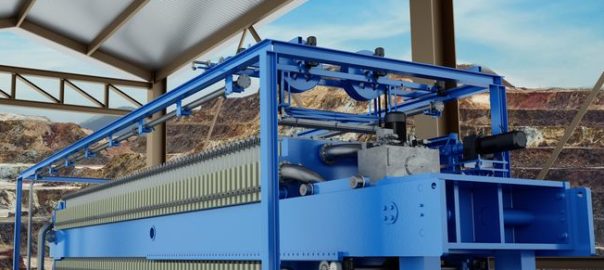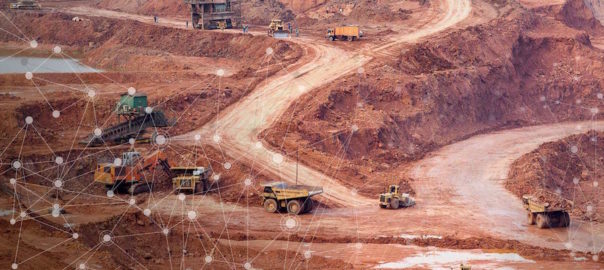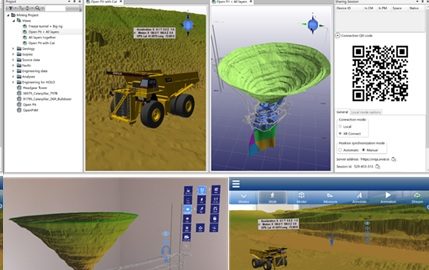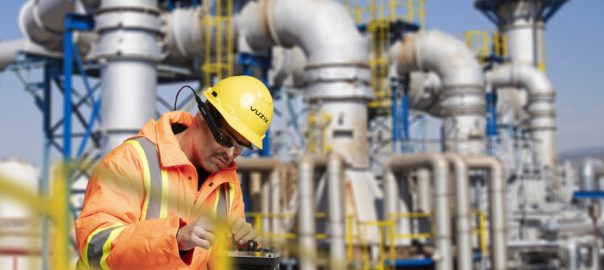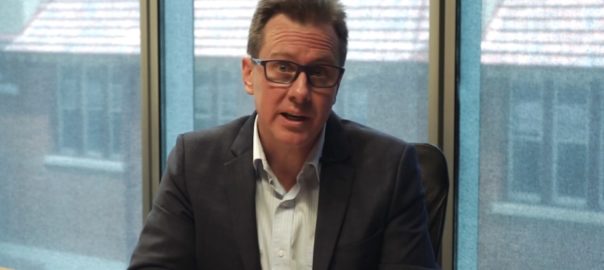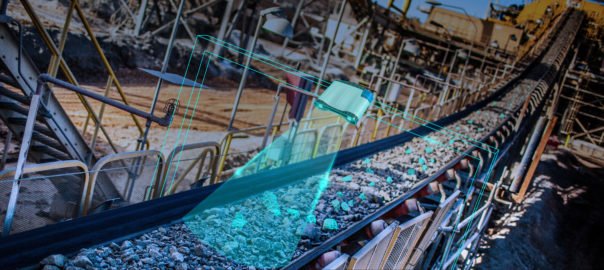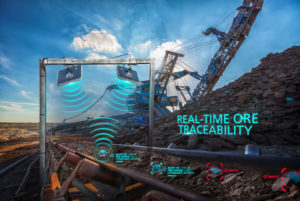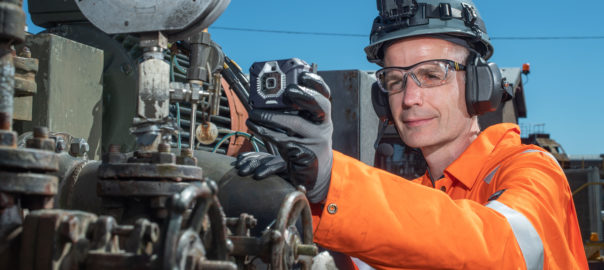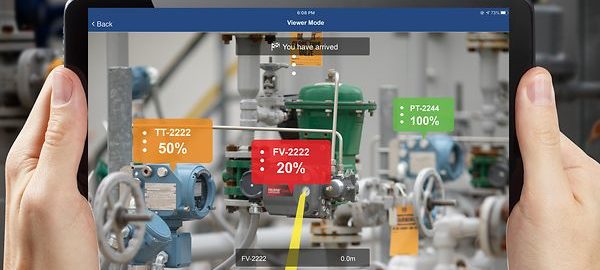Australia’s longest-running mining event will return in September this year, with Asia-Pacific’s International Mining Exhibition (AIMEX*) 2023 set to bring together decision makers, experts and suppliers determined to change the face of the mining industry through technology, collaboration and radical improvements in efficiency and productivity.
From September 5-7, AIMEX attendees will gather at Sydney Showground to meet colleagues at networking events, discover innovative new products at the wide-ranging exhibition and drive the sector’s decarbonisation dialogue forward thanks to the event’s free-to-attend conference series.
Events like AIMEX always have a strong focus on mining’s contribution to the Australian economy, as well as a collaborative approach to knowledge sharing, according to event organisers. Stephen Galilee, CEO of industry body NSW Mining, believes the long-awaited AIMEX 2023 will live up to these standards.
“Mining is critical to the New South Wales economy, providing direct jobs for over 40,000 people while supporting thousands more jobs in more than 7,300 mining supplier businesses in NSW,” he said. “Australia is known for its mining expertise, our professionalism, and our commitment to safety. This strong track record means our highly skilled people, our technology, and our services are utilised by many mining operations around the world.”
Galilee added: “With hundreds of local and international mining industry suppliers expected to attend, attendance at AIMEX 2023 is a great opportunity to showcase the best our industry has to offer, including the latest developments in global mining technologies, and to share knowledge and experiences across the sector.”
As part of this knowledge-sharing and connection-driven agenda, the event will feature a free-to-attend conference, with themes including decarbonisation, technical innovation and waste management. AIMEX Exhibition Director, Samantha Martin, says conversations like these are essential for industry’s future.
“Australia’s transition to a green energy future will not happen without mining and METS and, while the country is well placed to lead this transition, innovation and collaboration across the supply chain have never been more important,” she said.
“Mining companies are no longer just looking for products that boost efficiency or lower costs, they also need products and services that meet their environmental, social and governance (ESG) obligations. AIMEX will illustrate the sector’s transition to a net-zero future with a dedicated product zone that will be complemented by key topics in the AIMEX Conference program.”
At AIMEX, there’s also opportunities for suppliers and potential employees to engage directly with major producers via the Mining House Pavilion, with Yancoal, Glencore and Whitehaven Coal already confirmed to attend.
Whitehaven Coal’s Executive General Manager of People & Culture, Daniel Cram, says that participating in AIMEX 2023 was an easy decision, given the quality of attendees and the chances to really have deep conversations around the future of industry.
“In such a tight talent market, it makes sense to maximise our opportunities to connect with both potential employees and suppliers, and AIMEX is a really convenient way to do exactly that,” he said.
AIMEX will feature a truly global cohort of suppliers with over 250 companies exhibiting, including Bosch Rexroth, Alfagomma, Altra Motion, Gates, IFM Efector, CR Mining, Bend-tech Group and Austdac. New features at AIMEX 2023 are the Transformative Technology Pavilion, showcasing exponential technologies, such as augmented reality, virtual reality and data utilisation, and the Decarbonisation Zone, featuring smart and sustainable solutions that meet the sector’s ESG obligations.
*International Mining is a media sponsor of AIMEX 2023









